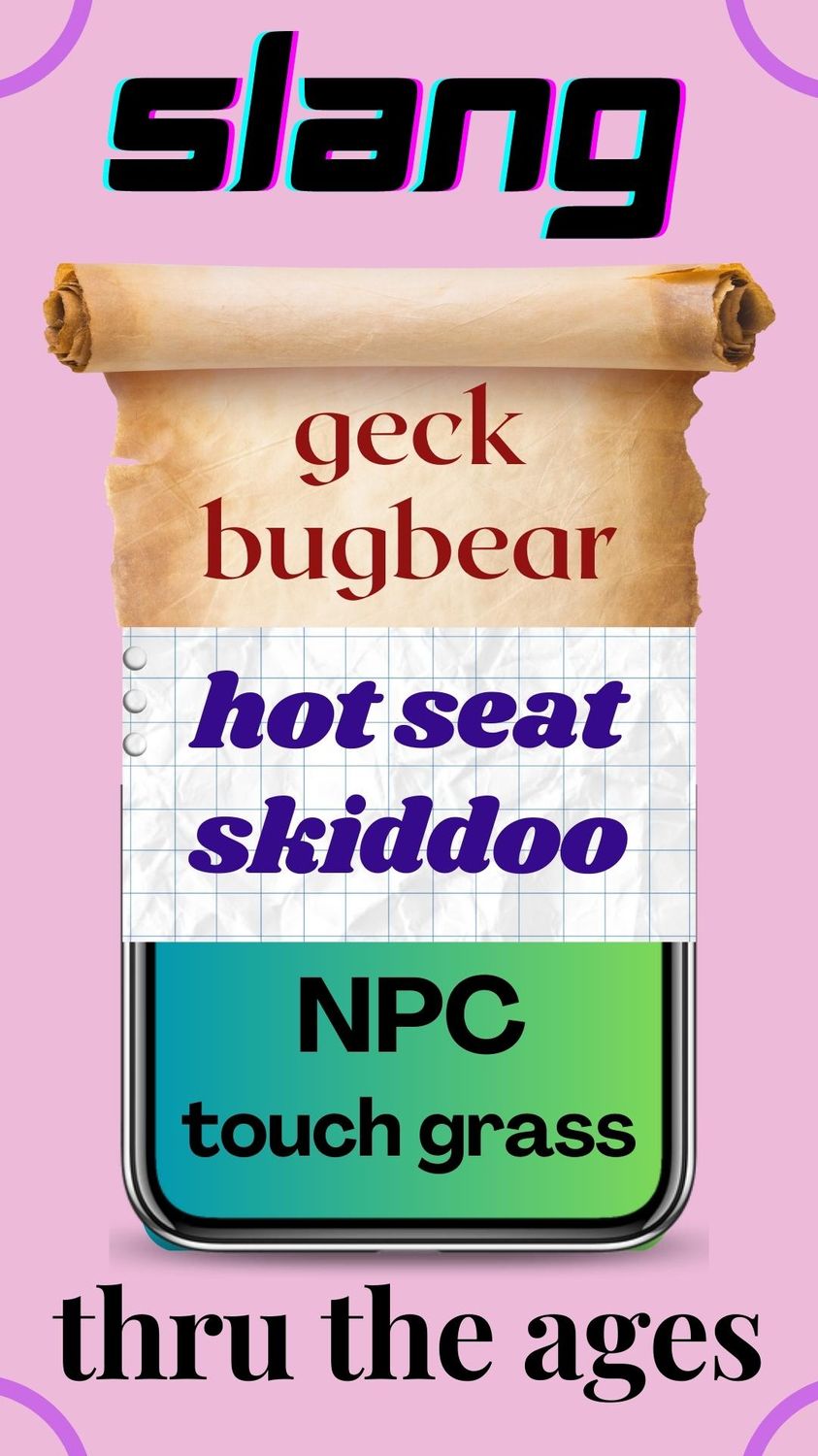Language is an ever-evolving tapestry, woven from cultural threads that reflect society’s values, norms, and taboos. Among the more curious aspects of linguistic evolution is the lexicon surrounding a man’s private parts, commonly referred to in euphemistic and slang terms. This exploration into the diverse terminology for male genitalia over the ages reveals not only linguistic creativity but also illuminates underlying cultural attitudes towards sexuality, masculinity, function, and power.
The historical use of slang for male genitalia can be traced back to ancient civilizations. In the classical era, Greeks and Romans exhibited a penchant for playful and often oblique references. Terms like “phallus,” originating from Greek culture, underscored the symbolic significance of male reproductive organs in fertility rites and religious practices. Such language reflected a blend of reverence and humor, indicative of a culture that simultaneously celebrated and scrutinized sexuality.
In medieval times, the European lexicon grew richer and more varied. The Church’s influence imposed a veneer of chastity upon society, fostering a duality in language that was both explicit and repressed. Slang such as “knob,” “prick,” and “peter” emerged as informal antidotes to the prevailing prudence. Notably, the use of these terms often reinforced societal norms surrounding masculinity, encapsulating the tension between innate desires and imposed moralities.
By the 19th century, the Victorian era brought an aesthetic of propriety that paradoxically stimulated a thrumming undercurrent of sexual expression. Euphemisms proliferated—terms like “manhood” and “member” conveyed both anatomical and psychological connotations. The anthropologist Sigmund Freud later argued that these words reflected the societal zeitgeist, positing an intrinsic connection between language and the collective subconscious. It is essential to note how the preferences for various expressions in this period reveal cultural ambivalence toward male sexuality; euphemisms masked not only genitalia but the very act of discussing it.
The 20th century ushered in new paradigms of sexuality and self-expression, dramatically altering the vernacular landscape. The sexual revolution of the 1960s catalyzed a renaissance of frankness, where slang terms became a means of reclaiming agency. Words such as “dick,” “cock,” and “schlong” emerged, heralding a cultural shift towards acceptance and openness about sexual identity. No longer relegated to whispered conversations, these terms demanded acknowledgment and even front-page visibility in popular culture.
Interestingly, this linguistic shift aligns with sociocultural movements that sought to dismantle patriarchal structures. The creation and popularization of diminutive or less aggressive terms like “little fella” serve as a form of linguistic subversion, stripping power from the hegemonic overtures traditionally associated with male genitalia. The language began to reflect a broader understanding of masculinity, one that encompassed vulnerability alongside virility.
Today, the landscape of slang continues to evolve, with digital culture playing a pivotal role. Memes, social media, and a rapid exchange of ideas have birthed an entirely new lexicon, often infused with humor, irony, and playfulness. Terms such as “twig and berries,” “family jewels,” and “junk” demonstrate a cultural penchant for light-heartedness surrounding the topic while indicating an evolving perception of masculinity and body image.
In examining these shifts through the lens of cultural relativism, one must consider how societal values inform language. Throughout history, the variety of terms assigned to a man’s private parts reflects not merely a fascination with anatomy but a broader commentary on power dynamics, gender roles, and aspirations. Language serves as a mirror to cultural priorities; it can reveal what is celebrated, feared, or suppressed. The exploration of this specific lexicon exposes attitudes toward sexual expression and how they shift with context and time.
Furthermore, the interplay between slang and societal structures invites reflection on how language functions as a tool for both empowerment and marginalization. The proliferation of euphemistic and slang terms offers a linguistic cloak under which vulnerabilities can be concealed. It allows men to navigate discussions surrounding sexuality with varying degrees of comfort, reinforcing the complex tapestry of masculine identity.
Understanding these terms within their historical contexts enhances our appreciation of the dynamic nature of language. As language evolves, it encapsulates the struggles, triumphs, and transformations of cultures over the ages. The fascination with slang for male genitalia, then, transcends mere curiosity; it beckons us to examine the myriad ways cultural attitudes construct identity and relational dynamics in societies.
The exploration of this topic underscores the enduring relevance of language as a vessel for expressing and negotiating societal norms. It encourages deeper consideration of the implicit cultural beliefs and values that shape what we say—and how we say it. In the end, slang for a man’s private parts may reveal as much about society as it does about individual identity, encapsulating the intricate dance between language and culture in a continually shifting landscape.
